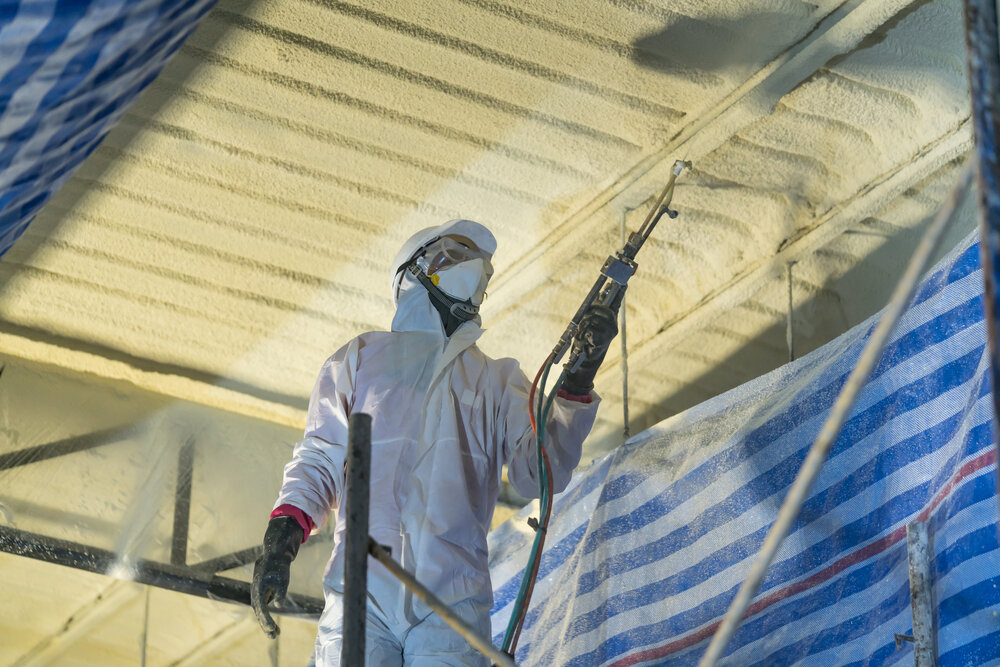Have you ever wondered, “Is spray foam used to cover the wall insulation inside a house same with roofing?” For you, we have the perfect post.
We have protected this side since Preferred Roofing has been building spray foam roofs for over many years.
Difference in Spray Foam Weights
Spray foam roofing is called 3lb foam. So a cubic foot weights 1ft x 1ft x 1ft 3 pounds. Spray foam is what is called 2LB foam, which is used for insulation. A cubic foot, that weighs 2 pounds.
Different weight, same height. This indicates just that the foam used in the roofing process is denser than the insulation foam used.
Open and Closed Cell
Any 2 lbs of foam. Or the closed-cell is considered higher.
The roofing spray foam (3 lbs.), and the insulation spray foam (2 lbs.) is called closed cell. Although this is real, there are those that use 0.5 lb in spray foam insulation. Sparkling foam. The key difference is how they establish their R-value in an open and closed-cell. By isolating cell gasses, Closed-cell produces its R value. By trapping air to isolation, Open cell builds its R-value. The longer you are stagnating, the higher your R value is when the air is trapped inside open cells. One of the negative elements is the use of a vapor barrier poly on a wall insulation with an open-cell foam. It is a barrier to vapor, separation and all-in-one air barrier with closed cells.

Roofing with spray foam costs more
The higher density is one of the key reasons why 3lb foam costs more. More chemicals are required to produce the same square of 1′ x 1.’ On average, 4500 to 5000 BF (board feet) and about 2600 BF (3lb) are to be made with a set of 2LB foam. However, the clearest distinction between the two prices lies in the density of the foam, which affects the yield. Spray foam used for business roofing is around $4-$7 per sq. Ft. About $3 per sq. per wall spray foam is used.
The Main Difference With Application
There are problems with application, which include both spray foam roofing and spray foam insulation. Spray foam can’t be used on wet surfaces. A pulverization of foam to a wet surface causes the isocyanine to react with humidity before reaction to the resin is possible. The result may be blistering on a spray foam roof. The foam makes a “popping” sound when it pulls away the substratum when spraying foam insulation.
Contact Preferred Roofing if you wish to go for spray foam roofing in Oklahoma. We have been serving the customers for quite a long time now. Call us to book your schedule.
